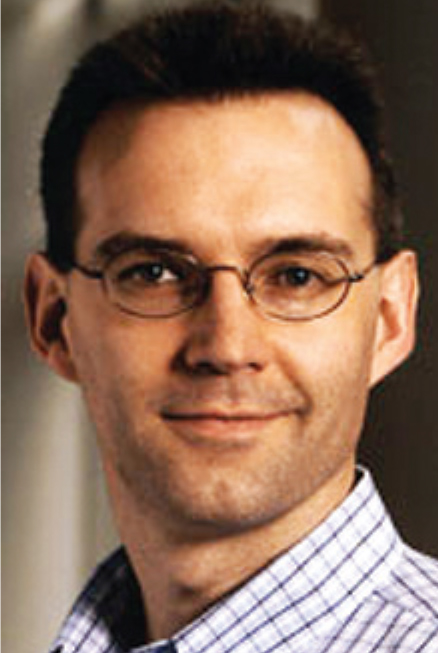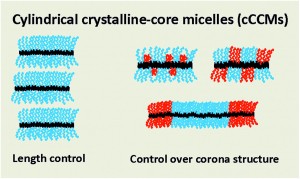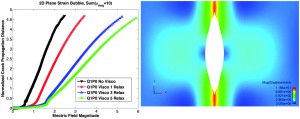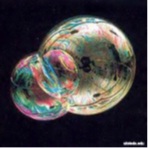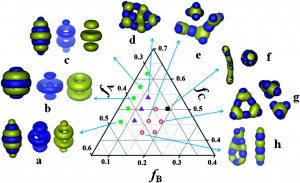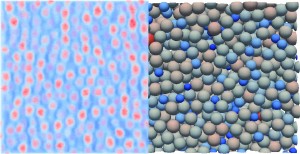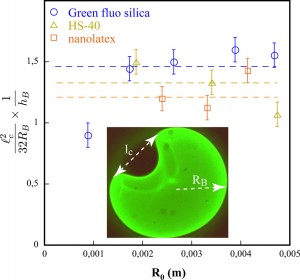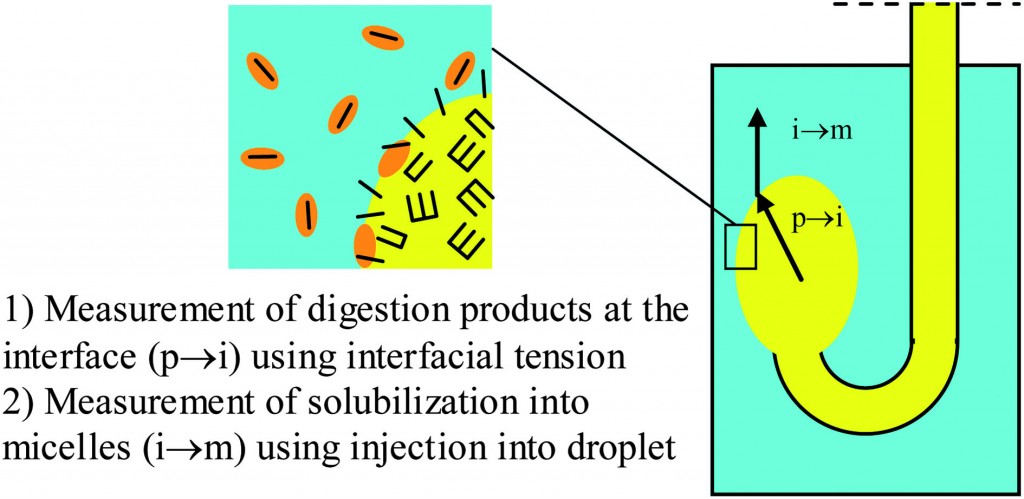We are very pleased to announce that the new Chairman for Soft Matter is Michael Rubinstein.
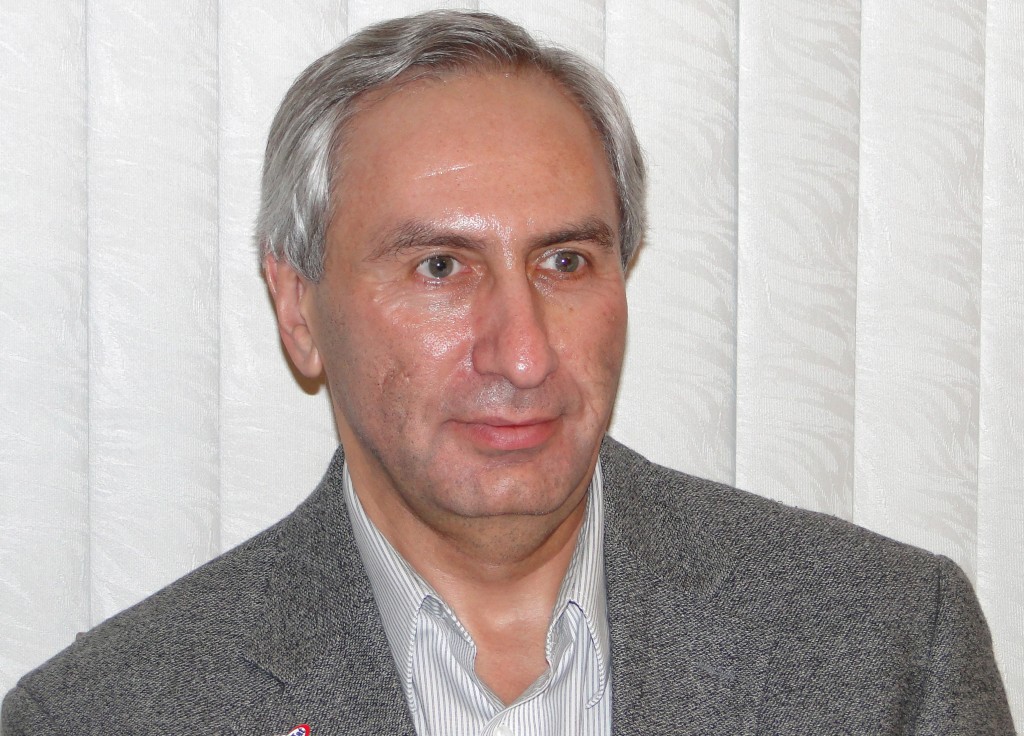 Michael Rubinstein received a B.S. with honors in physics from Caltech in 1979, M.A. in 1980, and a Ph.D. in physics from Harvard University in 1983 specializing in soft condensed matter theory in the group of D. R. Nelson. Between 1983 and 1985 Michael was a post-doctoral fellow with E. Helfand at AT&T Bell Laboratories in Murray Hill, NJ where he started his research in polymer physics. In 1985 Michael joined Research Laboratories of Eastman Kodak Company in Rochester, NY where he worked for 10 years in different areas of polymer theory.
Michael Rubinstein received a B.S. with honors in physics from Caltech in 1979, M.A. in 1980, and a Ph.D. in physics from Harvard University in 1983 specializing in soft condensed matter theory in the group of D. R. Nelson. Between 1983 and 1985 Michael was a post-doctoral fellow with E. Helfand at AT&T Bell Laboratories in Murray Hill, NJ where he started his research in polymer physics. In 1985 Michael joined Research Laboratories of Eastman Kodak Company in Rochester, NY where he worked for 10 years in different areas of polymer theory.
In 1987 he received C.E.K. Mees Award “In Recognition of Excellence in Scientific Research and Reporting”, and in 1994 he was Juliot Curie Visiting Professor at Ecole Superieure de Physique et de Chimie Industrielles in Paris. In 1995 Michael moved to the University of North Carolina at Chapel Hill where he is currently a John P. Barker Distinguished Professor in the Department of Chemistry and Curriculum of Applied Sciences and Engineering as well as a member of the Program in Molecular and Cellular Biophysics and of the Institute for Advanced Materials, Nanoscience and Technology.
In 1998 he was Visiting Professor at College de France and in 2013 he was awarded Michelin Science Chair at ESPCI. In 2001 Michael was elected a Fellow of the American Physical Society. From 2001 through 2004 he was an Associate Editor of Macromolecules. In 2003 he published a textbook “Polymer Physics” with R. H. Colby. In 2004 he was a co-chair of the Gordon Research Conference on Macromolecular, Colloidal and Polyelectrolyte Solutions, and in 2008-2009 he was a Chair of the Division of Polymer Physics of the American Physical Society. In 2010 Michael received the Polymer Physics Prize of the American Physical Society.
Michael’s research interests are in the area of theoretical soft condensed matter physics with an emphasis on polymer physics. His main scientific contributions include theories of polymer entanglements, dynamics of reversible networks, and models of charged polymers. His recent scientific interests are in applications of polymer physics to biological systems, such as airway surface layer of a lung and development of molecular models of polymer gels and networks including those with self-healing properties.












